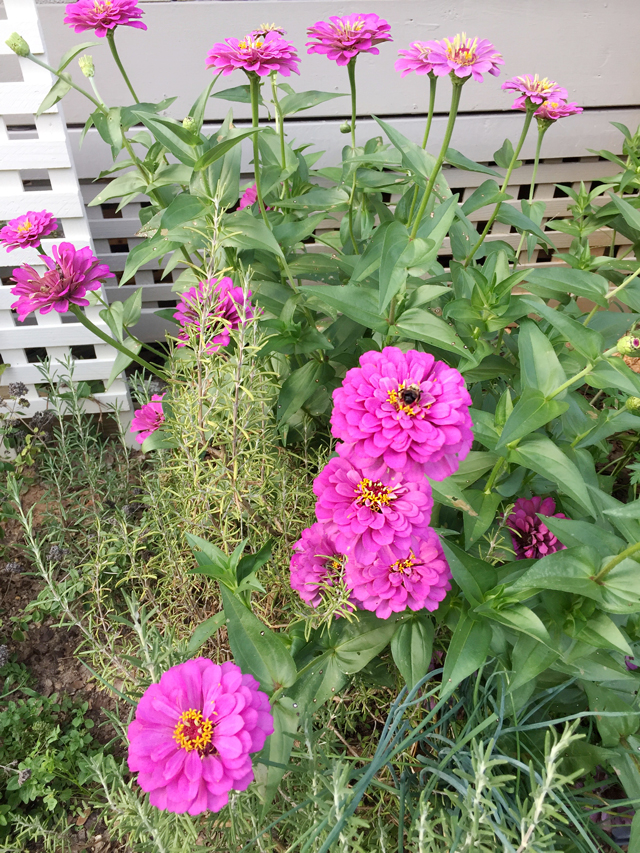
When fall arrived, it seemed that everywhere I looked in my garden, I saw dried plants offering up a bounty of seeds. Some seedpods were bursting with seeds and seemed eager to be gathered and separated for planting next year. Collecting seeds is a great way to expand your garden with flowers, herbs, and vegetables. Knowing when and how to collect and store seeds is very helpful when its time to replant your garden, or gift the packaged seeds to friends and family.
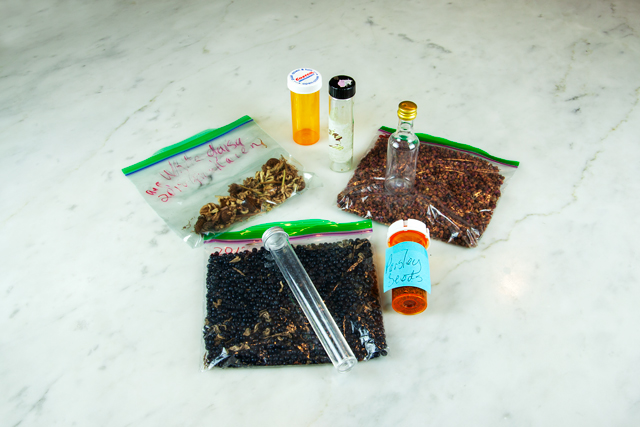
My Seed Storage System Grows Up
Over the years, I’ve used a variety of small glass and plastic bottles to store seeds. When I first started this process, for some reason, I wanted to be able to see the seeds. However, the variety of sizes and numbers of bottles became cumbersome so I graduated (that’s questionable) to the baggie storage method.
My “new” storage system involved dumping the seeds into the sandwich size plastic bag, sealing it, and writing the contents on the outside with a permanent marker. I did have more consistency with this system, but the bags were floppy, and it was often difficult to read the seed information that I had written on the bags. This readability problem was due to my abstract handwriting, and partly to the non-permanence of the “permanent” markers, I used on thin plastic bags.
So, once again, I’m implementing a new seed storage system. I put a bit more thought into this one, so I’m hoping it will work for a long time. But first, I want to show you the biggest reason for having a practical storage solution. The seeds! Here are a few plants that I’ve collected from recently.
Zinnia
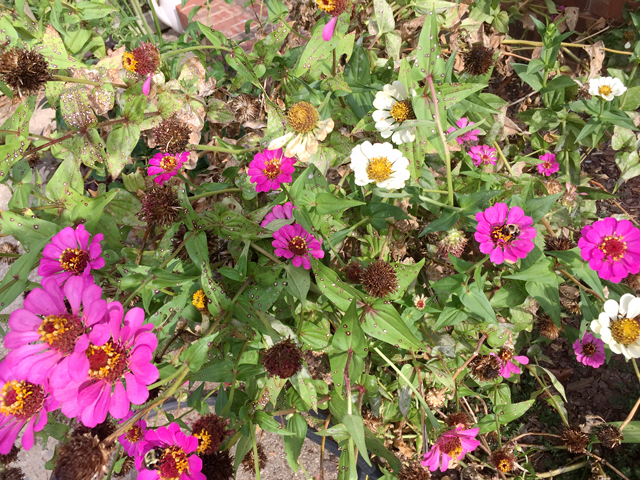
The first dried flower I’m collecting from is a Zinnia. These deep, rich pink annuals, are prolific growers, and they are likely to pop up where you least expect them. I had lots of Zinnia volunteers near where they had grown the year before. I left them there, but by the end of the season, it was tricky to get to my water spigot or reach my garden hose reel! Next year I’m going to relocate any “out of place” Zinnias to the spot of my choice before they get too set in their ways. As the Zinnia flower ages, it becomes the seed head. So cut the flowers you want to enjoy in a vase but leave some of the flowers near the back of the bed to let them complete their entire life cycle. Later, when they have dried, harvest the seeds and replant them next season. Here is more information on planting Zinnia seeds.
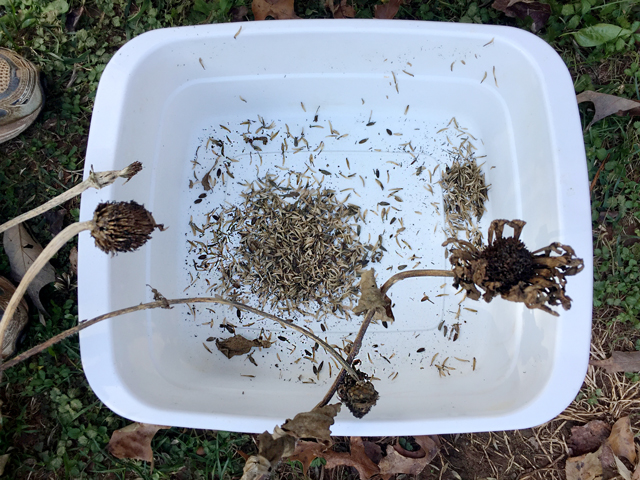
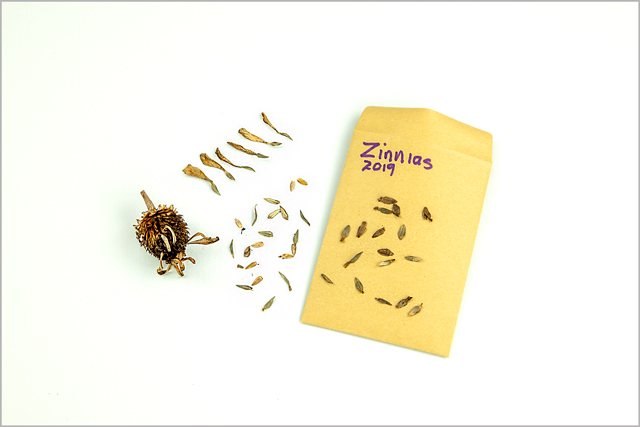
Money Plant
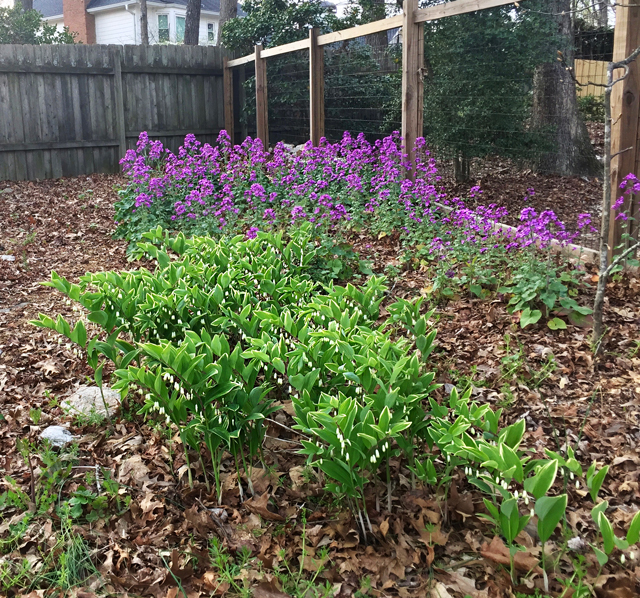
The next plant we’re collecting seeds from is the biennial Money Plant that grows one year and flowers the next. Its “value” is in its unique resemblance of coins, not any inherent monetary value, unfortunately. However, it is unusual in that its pretty purple flowers in no way resemble the finished dried coins that surround the seeds. A key point to remember when collecting and storing seeds is to make sure the seeds are dry when you gather them. These Money Plants shown below have been in the garden for quite a while.
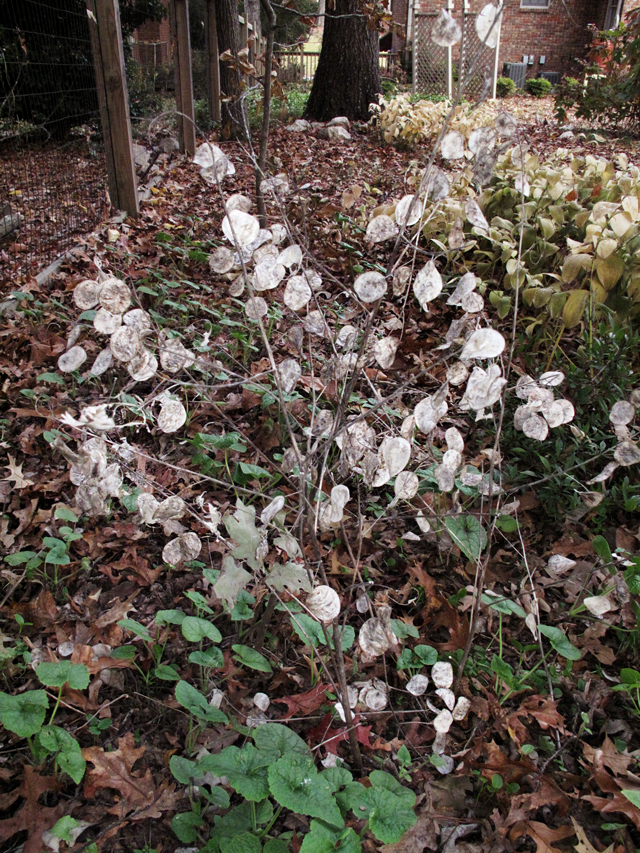
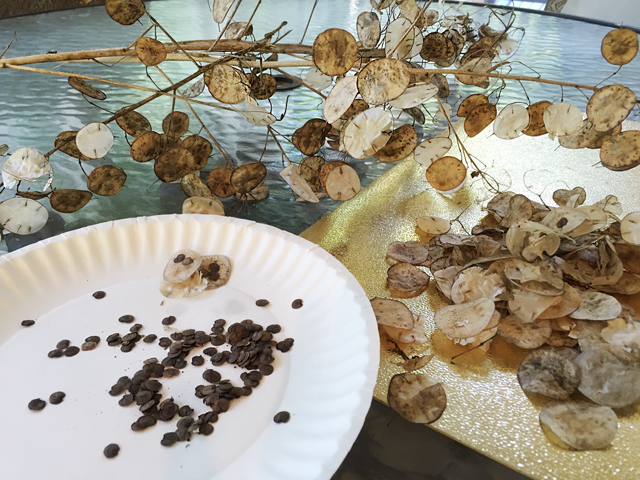
To see a winter season view of our garden check out this post, A Close Up View of My Winter Garden.
Leopard or Blackberry Lily
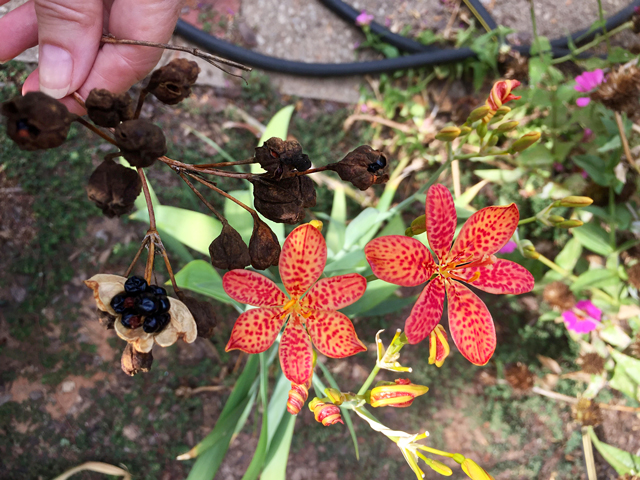
This plant and the next one on my list was given to me by my Mother. I was not familiar with this tall, leggy plant with orange & red-spotted small flowers, but it has become one of my favorites. The flowers are small and delicate, and the colors are intense. The closed flowers are fascinating, as well. As the bloom finishes its cycle, it twists to close, which is unique and beautiful.
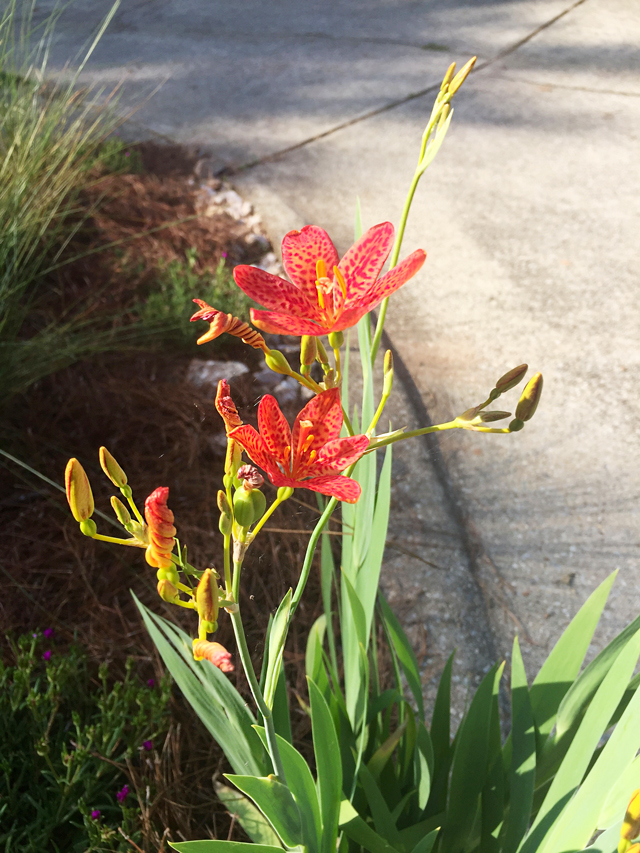
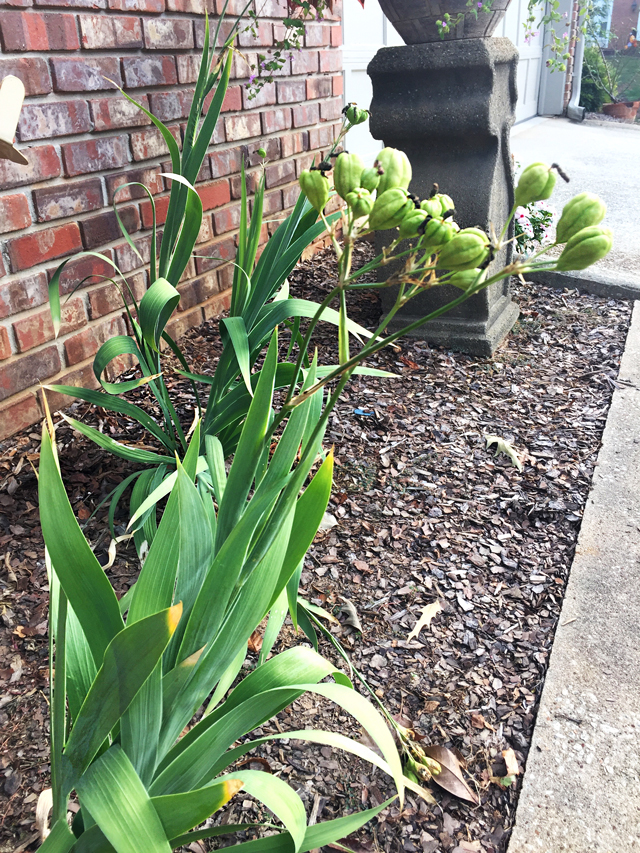
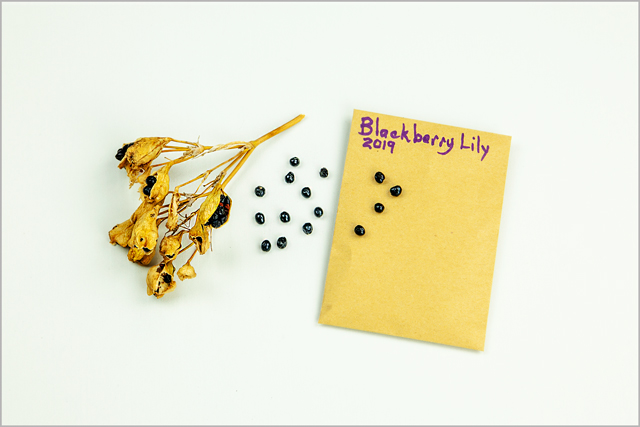
They are sun-loving plants that spread by creeping rhizomes but can also self-seed. I’m going to try starting them from seed since I enjoy them so much. Their alternative name of “Blackberry Lily” comes from the late summer seedpod that resembles a pear-shaped cluster of blackberries.
Crocosmia Lucifer
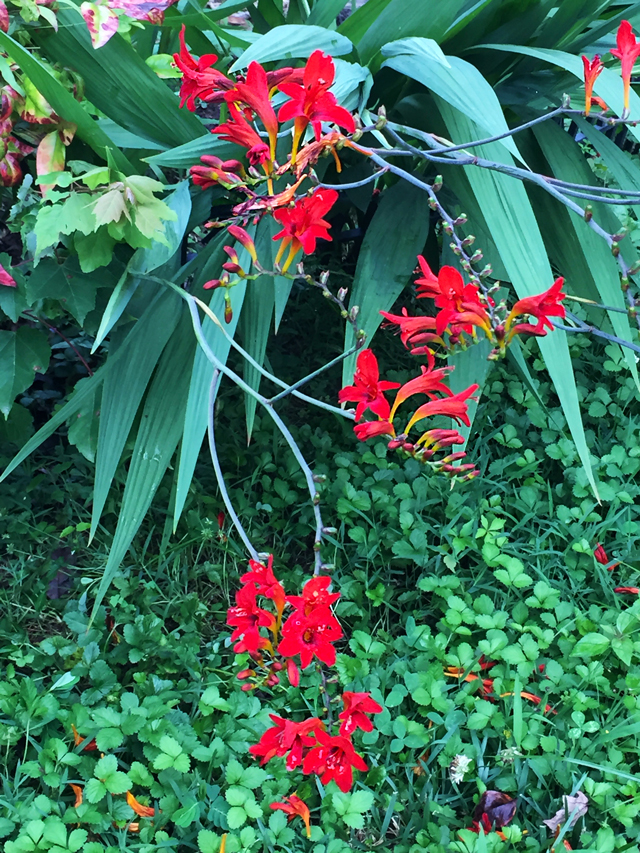
Its awesome when people give me perennials! The Crocosmia Lucifer is a tall leggy plant with groups of small red flowers. I’ve had it for two summers now, and it has spread well. It grows to 2-3 feet tall, is very red, leans over in various directions, and makes a beautiful statement along the fence where I’ve planted it. From what I’ve read about it, this is a very hardy and long-lived plant that is happy pretty much anywhere in the garden. It’s also easy to grow from seed so you can have as much of it as you want!
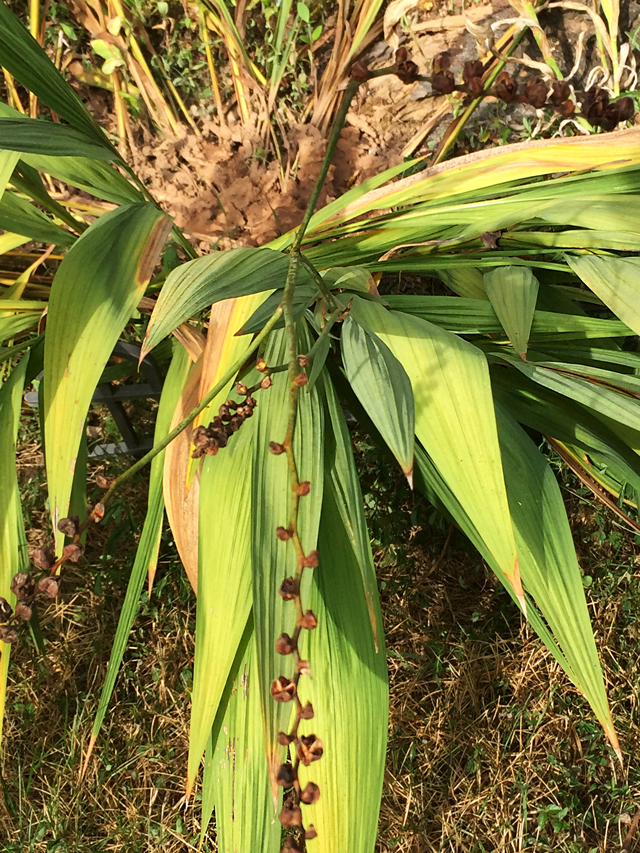
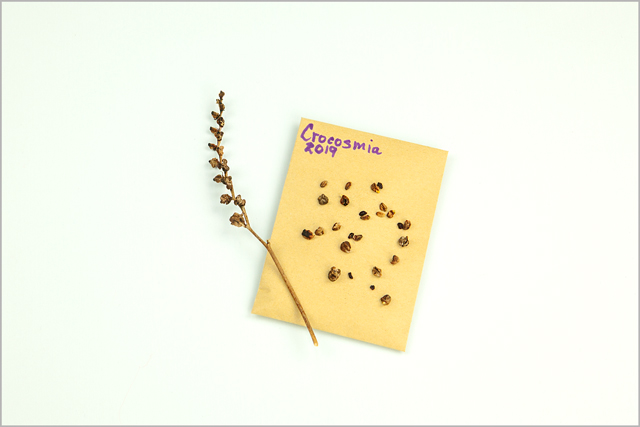
Garlic Chives or Chinese Chives
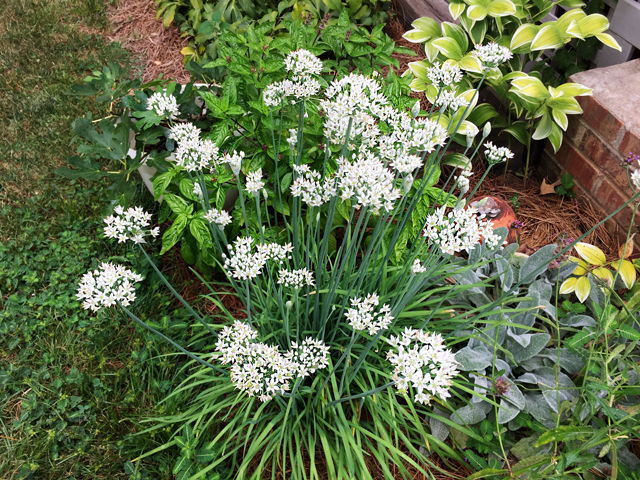
I love the Garlic Chives in my garden. They bloom into beautiful white lacy flowers, then they dry and produce lots of seeds. They regrow from tubers but you can also grow them from seed. The produce lots of seeds so there are plenty to give away and donate to various garden clubs.
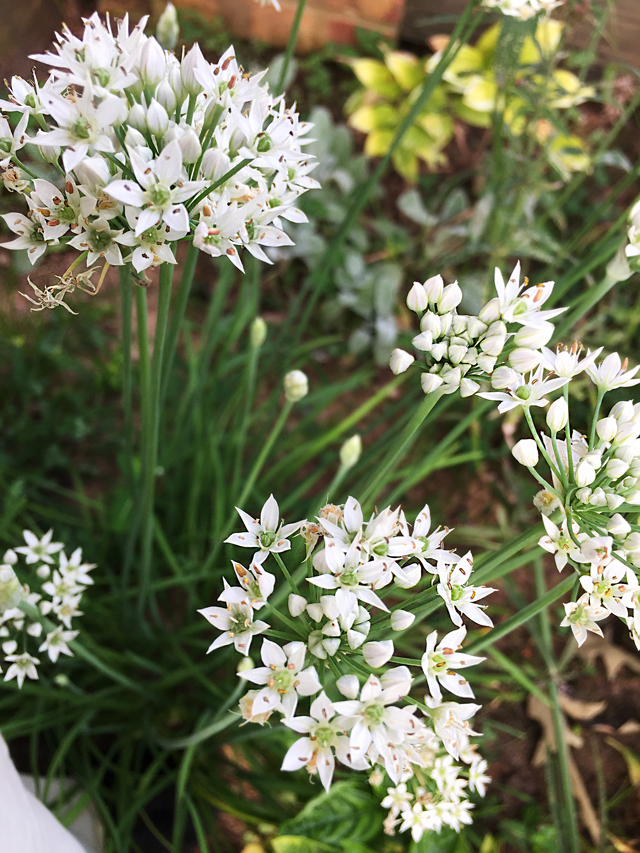
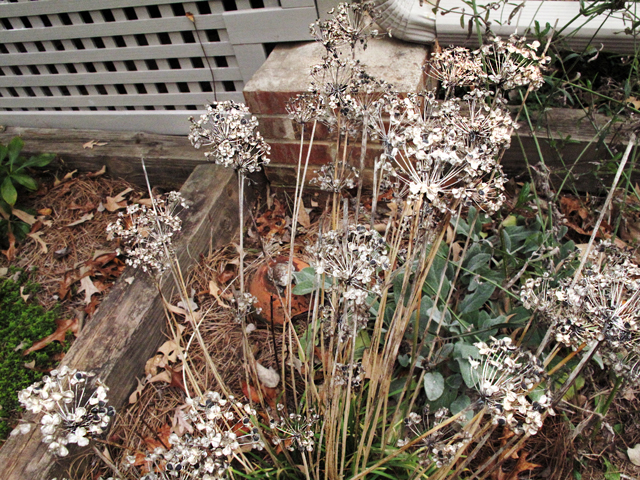
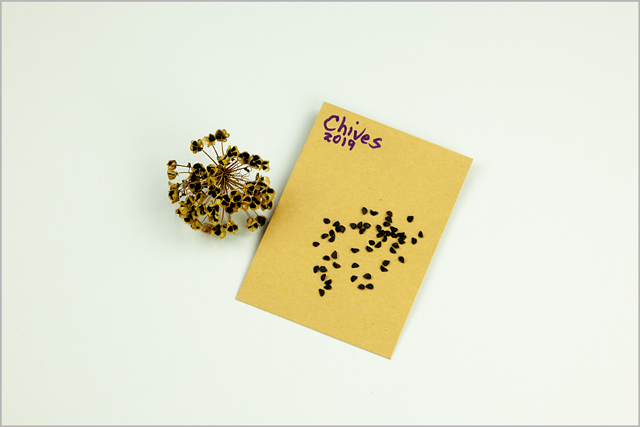
Garlic Chives have a mild onion taste with just a hint of garlic. The foliage is flatter than common Chives and looks a lot like grass. With a medium to a fine chop, they add a pleasant and mild flavor to cooked dishes such as potatoes and deviled eggs. They also work well as a garnish. This link has some great recipes that include Chives.
Storing Your Collected Seeds
When you are not adding to your seed collection, pulling seeds to plant, or sorting seeds by age, etc. make sure the seeds are being stored properly to maintain high germination rates.
According to the University of Georgia Extension…
“the sum of the storage temperature and relative humidity should be less than or equal to 100. So for example, if the storage temperature is 45°F then the relative humidity should be at or below 55%.”
Also, before storing, make sure your seeds are clean and completely dry. Store your seeds in sealed containers, plastic bags, etc. If necessary you can use silica gel or other moisture absorbing material to manage humidity.
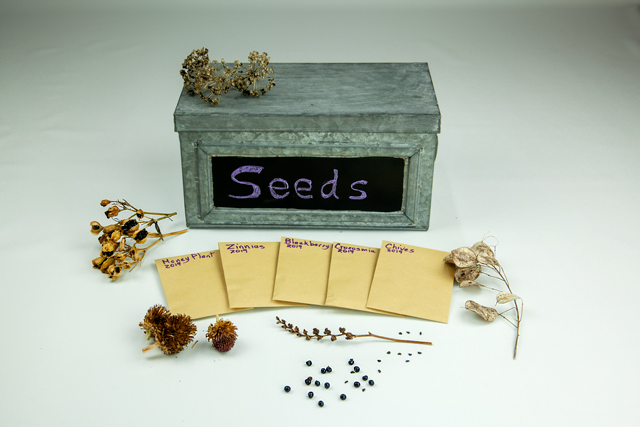
Gather, Plant, Harvest, Repeat!
I love the anticipation involved in collecting and storing many types of seeds. It is fun looking around my yard and planning where I can plant even more of my favorite flowers and herbs. Or, anticipating giving away bouquets of mature cut flowers to friends who you know will love them. Also, seed packets are perfect gifts for gardening buddies.
Seeing the first of the planted seeds sprout to their full bloom glory, then watching them produce vast quantities of seeds, so the cycle continues is a fascinating and beautiful process.
I’d love to hear what you enjoy most about gardening. Thanks very much for visiting our blog.
Leave a Reply